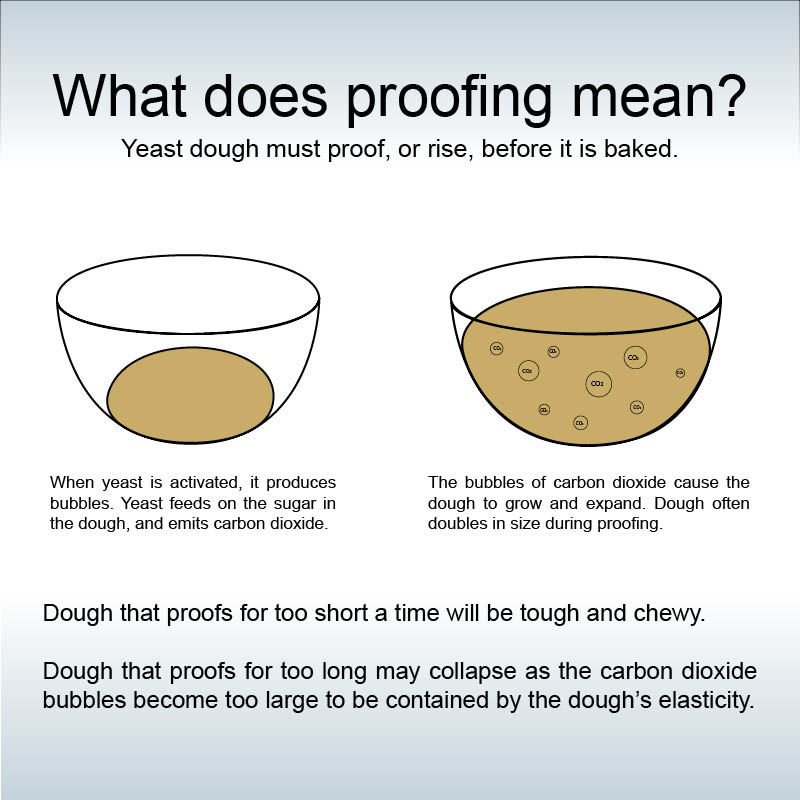Proofer Fact Sheet
A dough proofer is a warming chamber used in baking that encourages fermentation of dough by yeast through warm temperatures and controlled humidity.
Overview
A proofer is also called a proofing box, proofing oven, or proofing cabinet. The warm temperatures increase the activity of yeast.
Proofing is a very important step because it affects both the taste and appearance of the finished product.

Equipment Details
Yeast is a single-celled organism that feeds on sugar and produces carbon dioxide. After yeast has been activated, usually in warm water, it is added to bread dough. The yeast feeds on the sugars in the flour, and the texture and consistency of the flour holds the carbon dioxide bubbles in place. This creates a light, airy product.
Dough is typically allowed to rise in a proofer before baking, but a proofer can also be used for the first rise, or bulk fermentation. Dough that is proofed for too short a time will be tough and chewy, while dough that is proofed for too long may collapse as the carbon dioxide bubbles become too large to be contained by the flour.
Leavening agents such as baking powder or baking soda do not need to be allowed to rise in a proofer.
Common Features
Proofers may be included in a combination unit with an oven. Some ovens include the option of a proofer.
Many proofers have glass doors, providing visibility of the dough while it proofs. This allows a worker to check the progress of the proofing process without disturbing the temperature of the proofing chamber.
Benefits
Yeast dough must be allowed to ferment and rise, as baking unrisen yeast dough will result in a dense, tough, heavy product. Dough that contains yeast goes through a proofing process to create a lighter, more tender dough. Yeast also gives bread a distinct flavor. The longer a yeast dough is allowed to rise, the more flavor it will add to the dough.


